What is the brief introduction of welding?
Welding is a vital process that plays a significant role in various industries. By joining metal materials together, welding enables the creation of durable and functional structures. But what exactly is welding, and how does it work? In this article, we will delve into the world of welding, exploring its definition, techniques, and applications.
1. What is welding?
Welding is a fabrication process that involves joining two or more metal or thermoplastic materials together using heat, pressure, or a combination of both. The aim of welding is to create a strong and permanent bond between the materials, allowing them to function as a single entity. Welding is utilized in an array of industries, including construction, automotive, aerospace, and manufacturing.

2. Understanding the welding process.
The welding process comprises three main elements: the welder, the welding machine, and the electrode or filler material. The welder is responsible for operating the welding machine and executing the welding technique. The welding machine generates the necessary heat and electrical energy required for the welding process. Lastly, the electrode or filler material is melted and used to bond the metal surfaces together, forming the weld joint.
3. Common welding techniques.
There are various welding techniques available, each suitable for different applications and scenarios. Some of the most common techniques include:
a. Arc welding: This method uses an electric current to create an arc between the electrode and the base material, resulting in the fusion of the metals.
b. MIG welding: Also known as Gas Metal Arc Welding (GMAW), MIG welding employs a wire electrode that is continuously fed into the weld joint, along with a shielding gas to protect the weld from atmospheric contamination.
Additional reading:Rotary Drilling vs. DTH Drilling: Understanding the Key Differences
Mobile Tower Crane: Revolutionizing Construction Lifting
Understanding the Basics of CNC Lathe Machines: Operation and Applications
Understanding the Difference Between AWP and EWP
What is the Difference Between AWP and EWP?
Enhancing Efficiency and Performance with a Horizontal Slurry Pump
Horizontal Flow Wrap Machine: Enhancing Packaging Efficiency and Productivity
c. TIG welding: Tungsten Inert Gas (TIG) welding uses a tungsten electrode to create the weld joint. This technique is commonly used for delicate and precise applications.
d. Spot welding: Commonly used in the automotive industry, spot welding involves joining two metal surfaces by applying pressure and heat to a small area, creating a weld spot.
4. Applications of welding.
Welding is an indispensable process in many industries, enabling the creation of an array of essential products and structures. Some key applications of welding include:
a. Construction: Welding is extensively used in constructing buildings, bridges, pipelines, and other infrastructure projects.
b. Automotive industry: It is vital for manufacturing vehicles and their components, such as frames, exhaust systems, and body panels.
c. Aerospace and aviation: Welding is crucial for the production of aircraft and spacecraft, ensuring their structural integrity and safety.
d. Manufacturing: Many everyday items, such as kitchen appliances, furniture, and metal containers, are manufactured using welding techniques.
In conclusion, welding is an essential process that allows the joining of metals to create strong and durable structures. It involves various techniques, including arc welding, MIG welding, TIG welding, and spot welding, each suited for specific applications. From building construction to the manufacturing of automobiles and spacecraft, welding finds its applications in numerous industries. As technology advances, welding continues to evolve, enhancing its efficiency and effectiveness, contributing to advancements in various sectors worldwide.
Contact us to discuss your requirements of Induction Heat Treatment Machine, high frequency welder company, high frequency welder products. Our experienced sales team can help you identify the options that best suit your needs.
Additional reading:Maximizing Efficiency and Precision with Chain Induction Heat Treating Line
How Does a Liquid Packaging Machine Work?
Air-Cooled Screw Condensing Units
Unlocking Precision and Versatility: The 6-Axis 5 Module CNC Hobbing Machine
Exploring the Power of DC TIG Welding Machines
What are the benefits of facial machine?
Should you invest in commercial truck cleaning equipment?
149
0
0
Related Articles
-
168
0
0
-
184
0
0
-
154
0
0
-
180
0
0
-
162
0
0
-
175
0
0
-
188
0
0
-
154
0
0


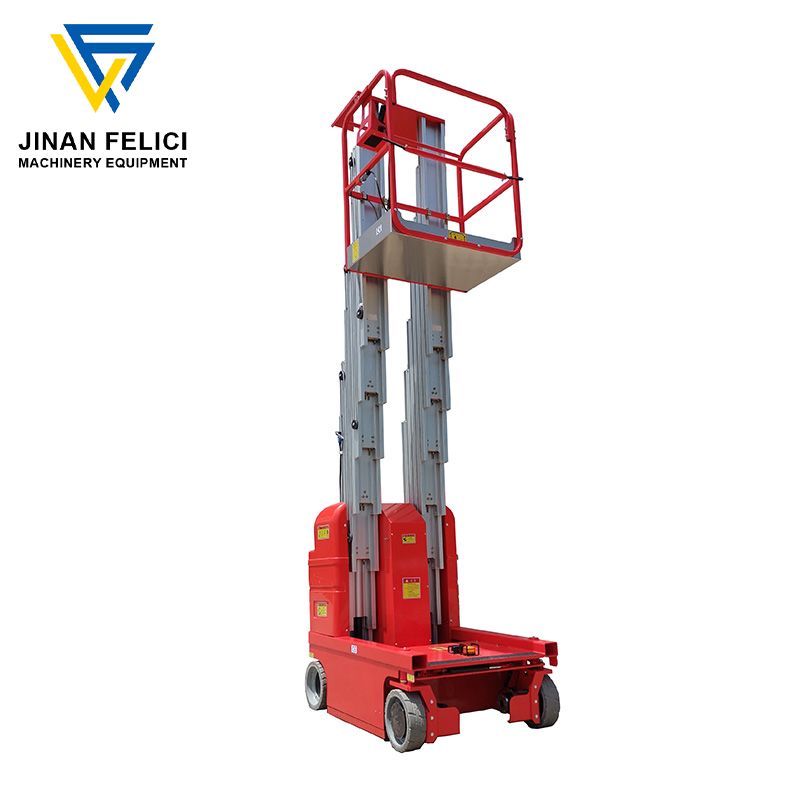
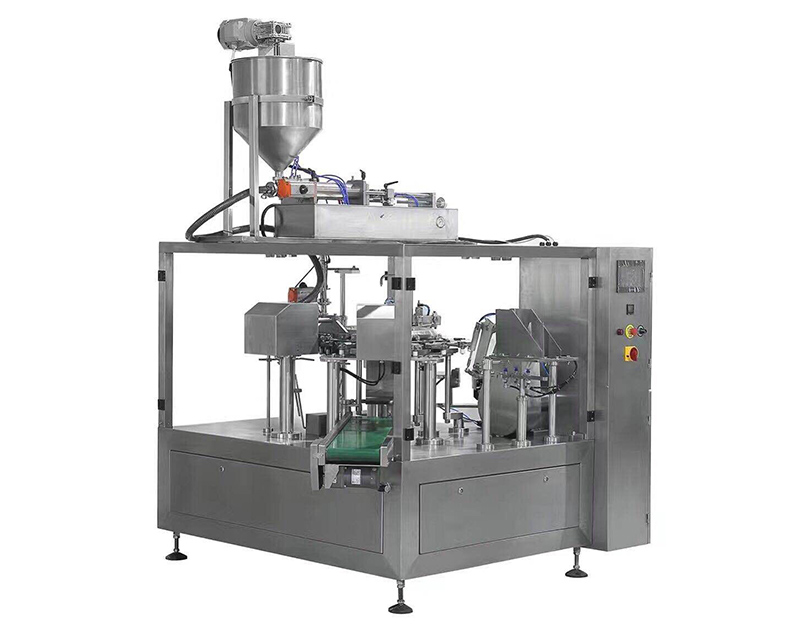
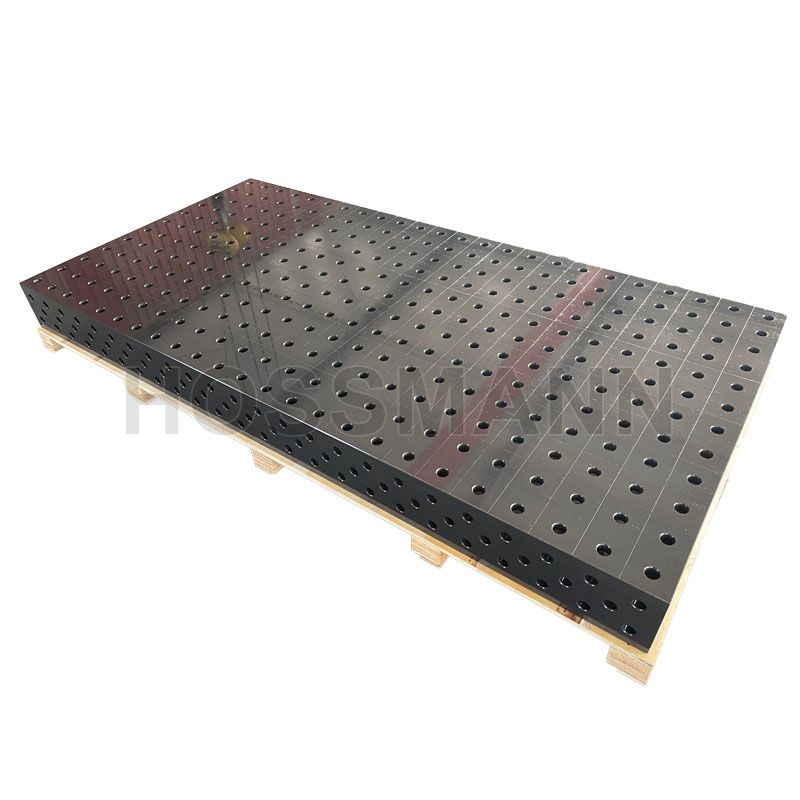
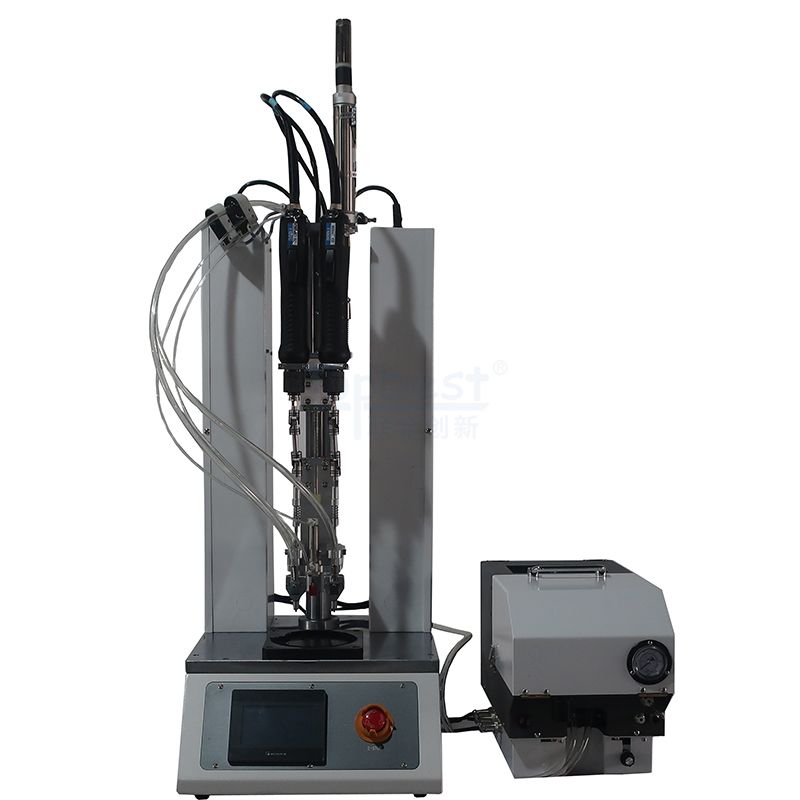

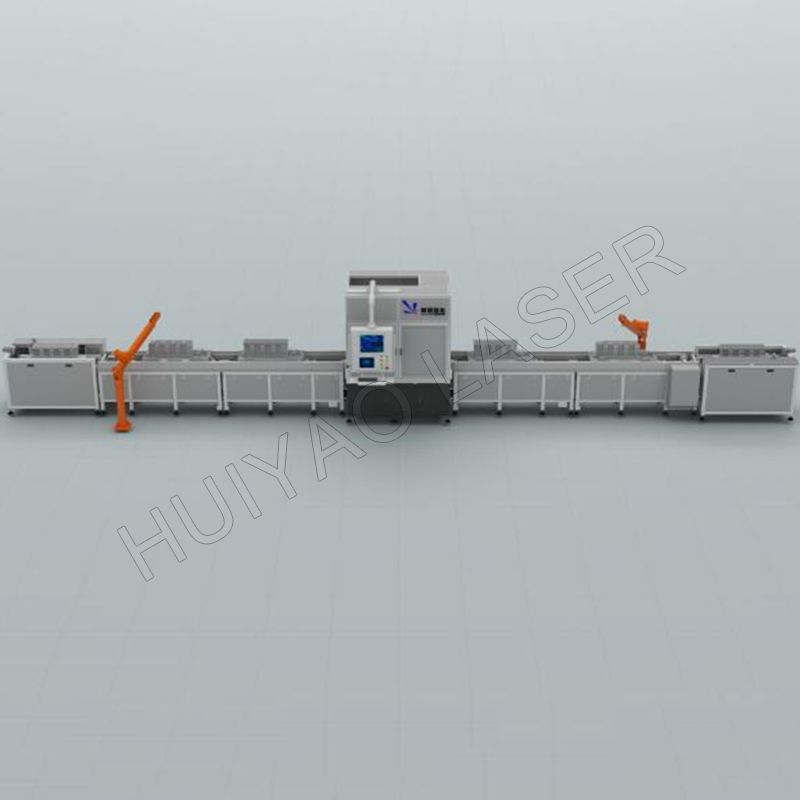

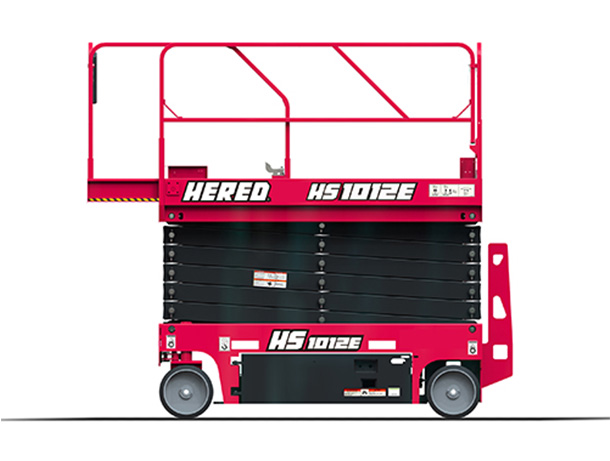
Comments
All Comments (0)